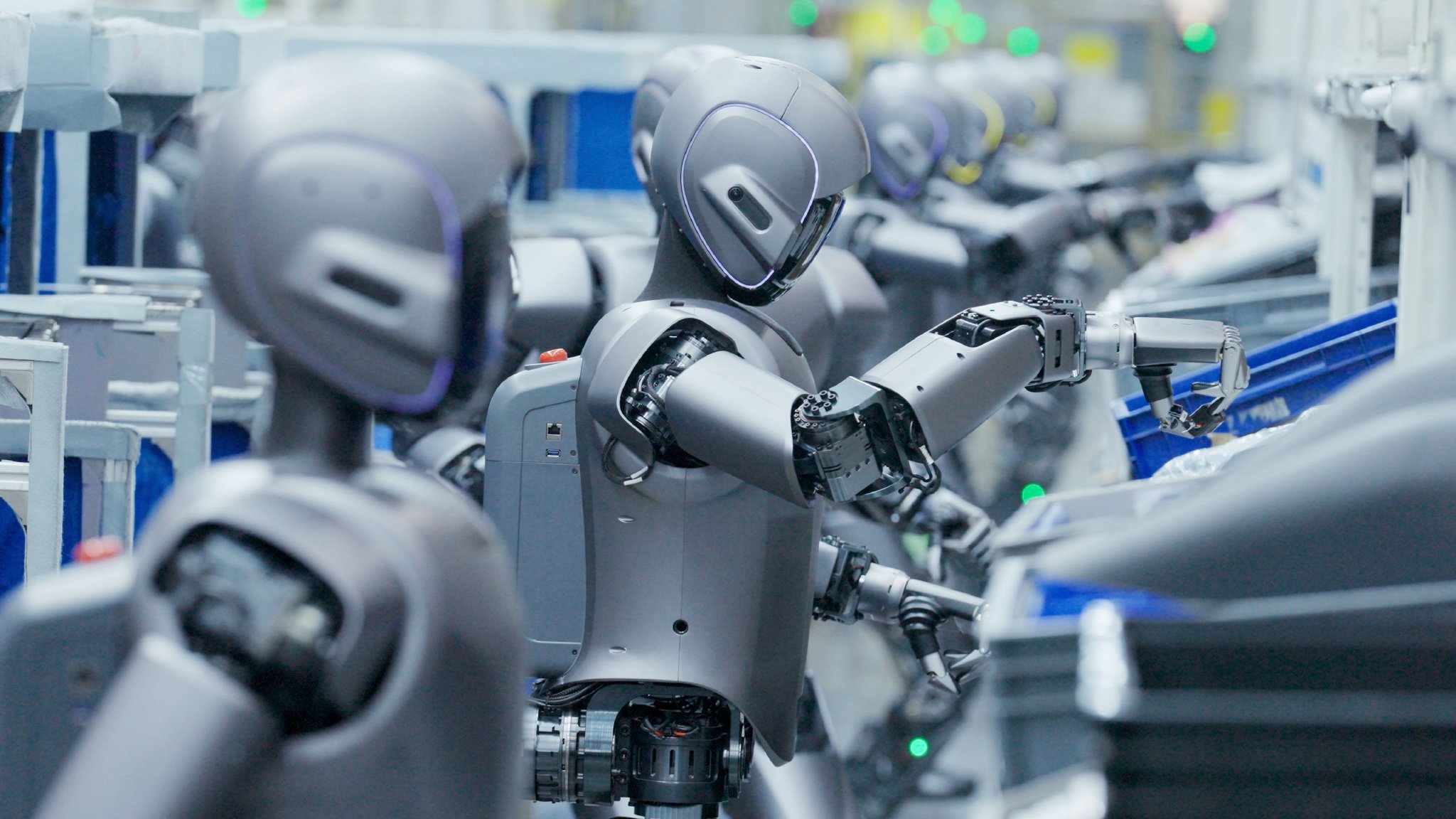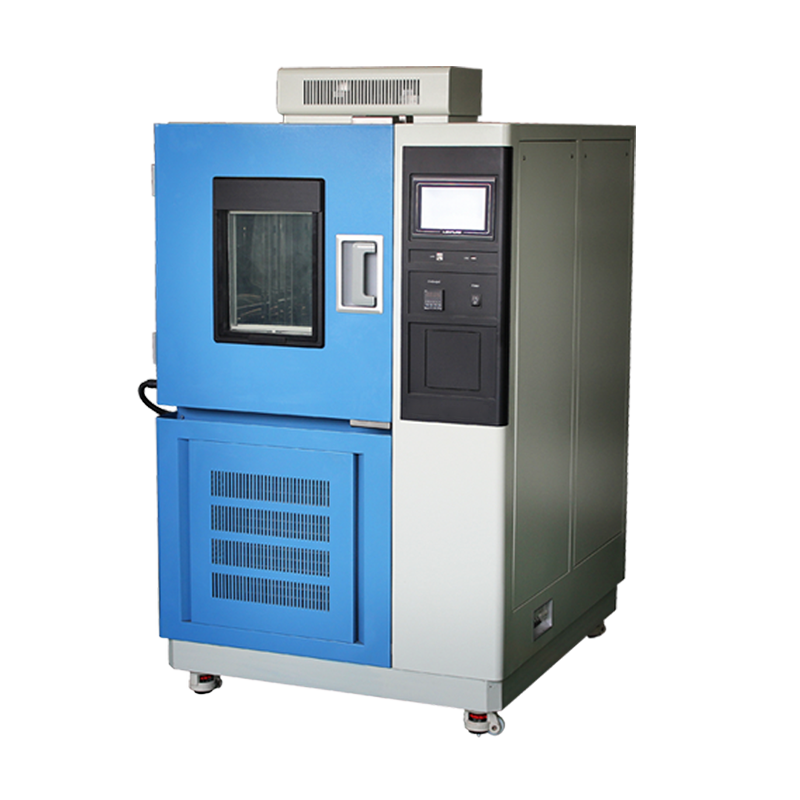The reliability of product test reports is a critical factor in determining compliance with industry standards, customer expectations, and regulatory requirements. Inadequate environmental testing can lead to misleading data, reduced product lifespan, and increased failure rates in real-world conditions. Among the most effective solutions for ensuring accurate and repeatable test results is the use of precision Temperature Humidity Test Chamber, which provide controlled temperature and humidity conditions for rigorous product evaluation.
The Limitations of Conventional Testing Methods
Traditional testing approaches often rely on ambient environmental conditions or rudimentary climate control systems. Such methods introduce variability due to fluctuations in temperature, humidity, and atmospheric pressure. These inconsistencies compromise the integrity of test data, leading to:
- Unreliable Performance Predictions – Products tested under unstable conditions may exhibit different behaviors in actual operating environments.
- Increased Product Recalls – Undetected weaknesses in materials or components due to insufficient stress testing can result in field failures.
- Regulatory Non-Compliance – Industries such as automotive, aerospace, pharmaceuticals, and electronics require strict adherence to testing protocols (e.g., ISO 16750, MIL-STD-810, ICH Q1A). Reports lacking precise environmental controls may fail certification audits.

The Role of Constant Climate Chambers in Test Credibility
Precision constant climate chambers eliminate environmental variability by maintaining exact temperature and humidity levels throughout testing. These systems are engineered to simulate extreme conditions, from sub-zero temperatures to tropical humidity, ensuring comprehensive product validation. Key advantages include:
1. Reproducible Test Conditions
Unlike uncontrolled environments, climate chambers ensure that identical test parameters can be replicated across multiple trials. This repeatability is essential for validating product durability and performance under standardized conditions.
2. Accelerated Aging and Stress Testing
By subjecting products to accelerated thermal and humidity cycles, manufacturers can identify failure points more efficiently than through real-time aging. This approach reduces development cycles while improving reliability predictions.
3. Compliance with International Standards
Regulatory bodies mandate specific environmental test protocols. Constant climate chambers meet the requirements of:
- IEC 60068 (Environmental testing for electrical equipment)
- ASTM D4332 (Conditioning plastics for testing)
- JIS Z 0232 (Packaging material testing)
- SAE J1455 (Automotive component testing)
Failure to adhere to these standards due to inadequate testing equipment can delay product launches and increase liability risks.

Technical Considerations for Selecting a Climate Chamber
When integrating a constant climate chamber into a testing regimen, several technical factors must be evaluated:
1. Temperature and Humidity Ranges
Different industries require varying extremes. For example:
- Electronics: -40°C to +150°C, 10% to 95% RH
- Pharmaceuticals: +5°C to +50°C, 20% to 80% RH
- Automotive: -70°C to +180°C (for battery testing)
Selecting a chamber with an appropriate range ensures that products are tested under realistic operational stresses.
2. Uniformity and Stability
A high-quality chamber maintains uniform temperature and humidity distribution (±0.5°C, ±2% RH) across the workspace. Variations beyond these tolerances can skew test results.
3. Data Logging and Remote Monitoring
Advanced chambers integrate real-time data acquisition systems, enabling continuous monitoring and automated report generation. This feature is critical for audit trails and compliance documentation.

Case Study: Improving Test Report Accuracy in Automotive Electronics
A leading automotive supplier faced recurring field failures in electronic control units (ECUs) despite passing internal quality checks. Investigation revealed that their testing environment lacked precise humidity control, leading to undetected condensation-related failures.
After deploying a constant climate chamber with -40°C to +120°C and 10%-95% RH capabilities, the supplier identified moisture ingress vulnerabilities in PCB assemblies. Subsequent design modifications reduced warranty claims by 37% within 12 months.
The credibility of product test reports hinges on the accuracy and consistency of environmental simulations. Precision constant climate chambers provide the necessary control to eliminate testing ambiguities, enhance regulatory compliance, and improve product reliability. Organizations seeking to bolster their validation processes must prioritize advanced climate testing solutions to mitigate risks and ensure long-term market competitiveness.
Investing in high-performance climate chambers is not merely an operational upgrade—it is a strategic imperative for industries where product failure is not an option.












